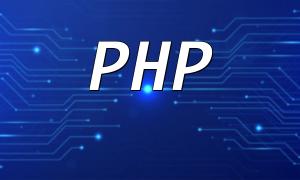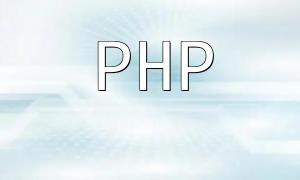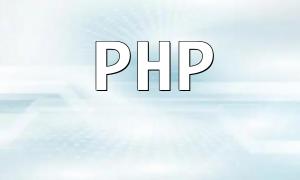With the rapid growth of the internet and the widespread use of smart devices, e-commerce has become a crucial part of the modern economy. Developing a stable and efficient e-commerce platform is essential to meet the increasing market demand. This article explains how to create a fully functional e-commerce system using PHP.
A complete e-commerce platform typically includes modules for product display, shopping cart, user management, payment processing, and order management. Popular PHP frameworks such as Laravel, CodeIgniter, and Yii can be used to speed up development.
Before development, it is necessary to plan the database structure. Core data includes product information, user information, and order information. Relational databases like MySQL or PostgreSQL are recommended. Well-designed database schemas improve system performance and scalability.
The product management module handles product display and maintenance. The front-end can be designed with HTML and CSS, while PHP handles the backend logic. Product pages typically show names, prices, and images, with search and filtering features to enhance the user experience.
The shopping cart module manages selected products and quantities. Key functions include adding items, updating quantities, and removing items. PHP sessions can be used to persist cart data, while the database stores cart content.
User management is a core part of the platform. It can implement registration, login, and password recovery functions. To ensure security, passwords should be encrypted and access permissions controlled to restrict user access appropriately.
Payment functionality is essential for any e-commerce platform. Third-party payment gateways such as Alipay or WeChat Pay can be integrated. PHP can utilize their SDKs to implement payments and perform security validation to ensure safe transactions.
The order management module handles user orders, including creating, paying, canceling, and viewing orders. Order data is stored in the database, and PHP manages order processing logic.
Security and performance are critical during development. SQL injection can be prevented using parameterized queries or prepared statements. Input validation and output filtering protect against XSS and CSRF attacks. Performance can be improved by caching to reduce database queries and using CDNs to accelerate static resource loading.
In addition to core modules, additional features such as flash sales and coupon systems can be added according to business needs. Technologies like RESTful APIs and WebSocket can further enhance and extend the platform.
With PHP, it is possible to build a high-performance, stable, and fully functional e-commerce platform. Proper database design, modular development, and attention to security and performance are key factors in successfully implementing an e-commerce system.









